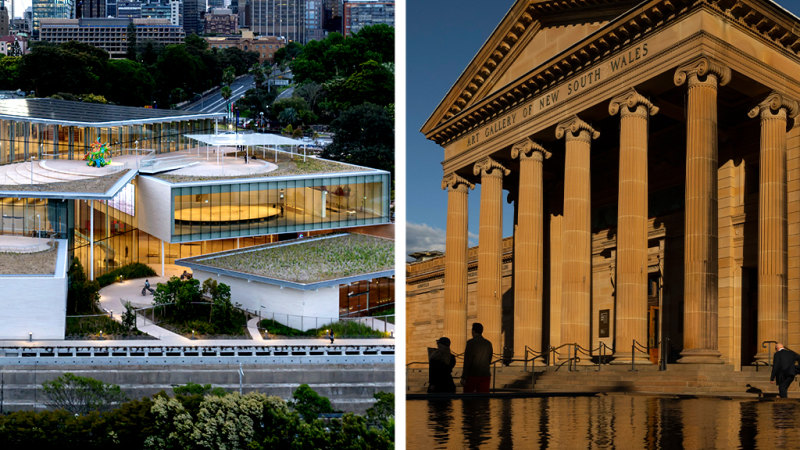At times, the gallery had overspent on its allocated budget with tensions existing between its various compliance legislation.
The report warns that any overspending is a potential breach of the Government Sector Finance Act. The gallery maintains it has a robust financial governance framework led by its Board of Trustees, which ensures its resources are allocated efficiently, effectively and appropriately.
Since opening Sydney Modern, now known as Naala Badu, the gallery has welcomed more than 2 million visitors.
Taxpayers should not cover shortfall
Graham said the government would lift funding of the gallery to record levels at a time of tough economic conditions and belt-tightening. He did not specify the final figure, saying only that the allocation would exceed $100 million.
However, the Treasury strongly believed that taxpayers should not be left to cover the shortfall in the gallery’s commercial revenue targets.
Loading
“An increased budget allocation of $8.8 million is an appropriate level to meet core costs, including paying staff and ensuring the gallery remains free to enter for families and individuals and continues to be a free place of learning for our school children across NSW,” he said.
“The art gallery’s total approved expenditure budget has been increased by 83 per cent, from $58.8 million in 2017–18 to well over $100 million.
“Despite doubling its floor space through the opening of Sydney Modern, the review of its operation shows ticketed visitors are down.
“The gallery projected almost $21 million in ticket and membership revenue, but the reality has been closer to $13 million.
“In a budget environment in which families in NSW are doing it tough, the NSW government has a plan to build a better NSW, and we are committed to providing support to the creative sector, including the Art Gallery of NSW.”
The report recommended that the art gallery strike a balance between the government’s savings measures and the promotion of its new galleries in advertising and marketing.
At the same time, the review said the gallery faced a changed operating environment, with the unwinding of COVID restrictions impacting revenues and the cost-of-living squeeze shrinking the buying power of domestic visitors.
The gallery experienced significant costs, including collections management, digitisation and online storage, insurance, security, curation and building maintenance. The costs of organising exhibitions were also higher.
Loading
Apart from exhibitions, self-generated income from retail, merchandise, and food and drinks was also down and less than forecast.
The art gallery said its commercial revenue assumptions made in 2017 had proven challenging to meet in the post-COVID world, like for most organisations.
“Efficiency dividends imposed by government since then have also removed a further $8.5m from our budget allocation in financial year 2024, rising to $8.9 million in financial year 2025,” it said.
“The art gallery continues to balance its budget and spend within its government allocation and self-generated revenue.”
Find out the next TV, streaming series and movies to add to your must-sees. Get The Watchlist delivered every Thursday.





![More 5G on TTC and plan changes [May 25-31] More 5G on TTC and plan changes [May 25-31]](https://i0.wp.com/cdn.mobilesyrup.com/wp-content/uploads/2023/04/rogers-header-1.jpg?w=150&resize=150,150&ssl=1)
